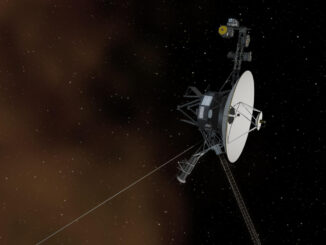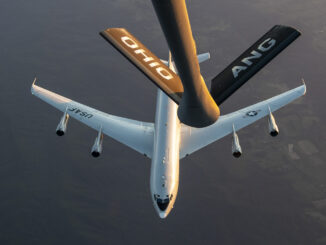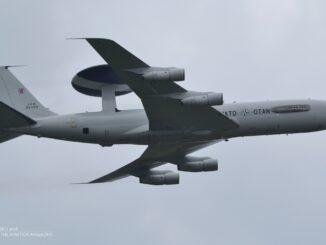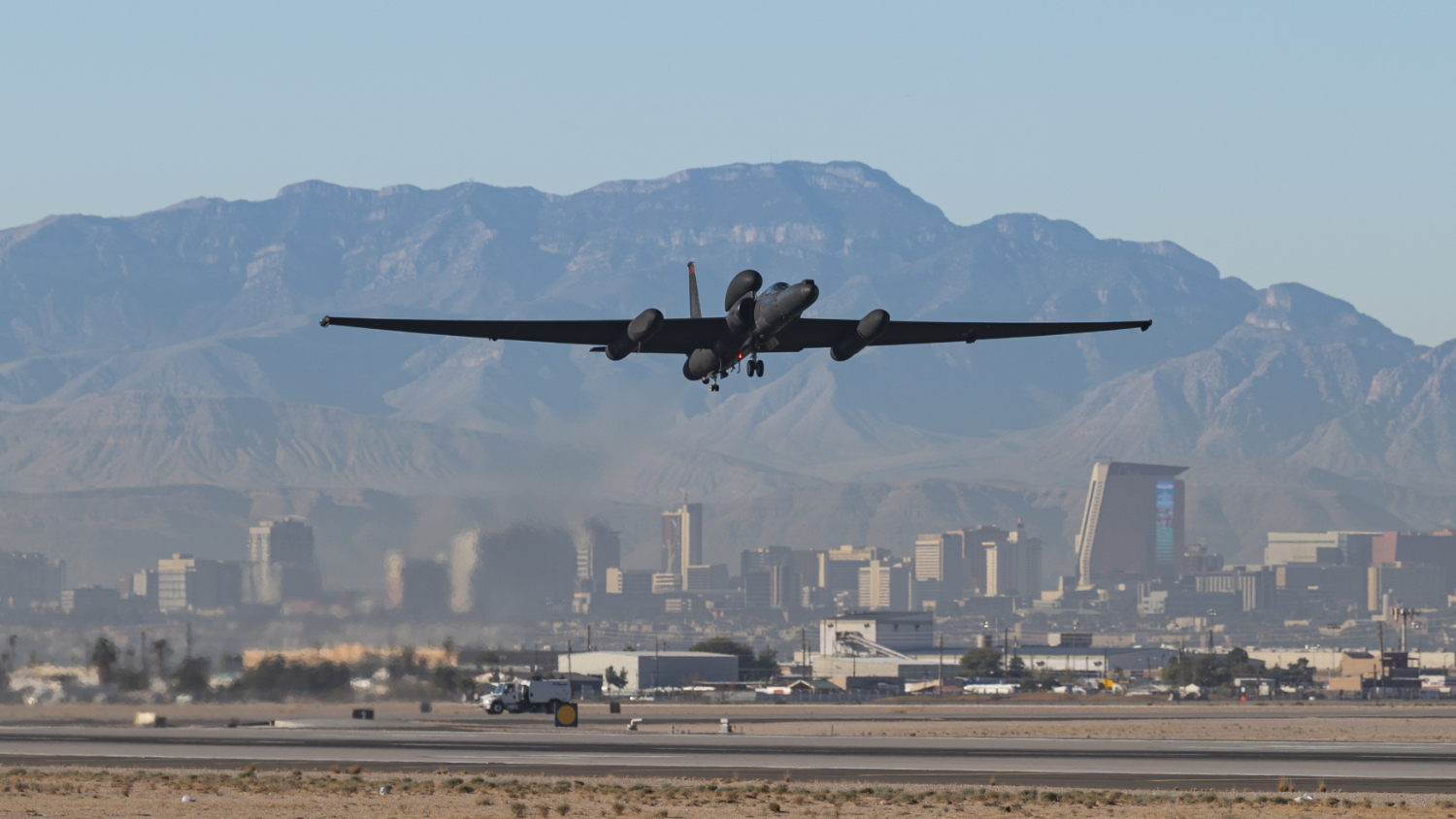 Two weeks ago, we described the current United States Air Force (USAF) plans to finally withdraw the A-10 Thunderbolt II attack aircraft from active service by the end of the fiscal year 2026. However, the so-called ‘Warthog’ is not the only Cold War aviation icon under threat of disappearing from the skies in the near future.
Two weeks ago, we described the current United States Air Force (USAF) plans to finally withdraw the A-10 Thunderbolt II attack aircraft from active service by the end of the fiscal year 2026. However, the so-called ‘Warthog’ is not the only Cold War aviation icon under threat of disappearing from the skies in the near future.
According to current Pentagon budgetary plans, the fiscal year 2026 is also the deadline for the fleet of thirty-two Lockheed U-2 high-altitude reconnaissance aircraft. Moreover, the withdrawal of the ‘Dragon Lady’, as the aeroplane is commonly nicknamed, from active USAF service is scheduled to begin in October 2025.
The Lockheed U-2 was developed in the early 1950s in response to the United States’ need to conduct strategic reconnaissance over Soviet territory. At the time, all that was available to American intelligence were photographs taken by the Germans during the Second World War and some additional materials covertly obtained during official diplomatic visits to the Soviet Union.
Reconnaissance aircraft available at the time were vulnerable to Soviet air defences, prompting the USAF to initiate the development of an entirely new spy aeroplane.
The new aircraft had to be capable of flying across Soviet territory at an altitude of 70,000 feet (21,300 metres), providing all-weather, day-and-night intelligence while remaining beyond the reach of Soviet radars, fighters, and missiles. This specific altitude requirement was based on the prevailing belief that Soviet radar systems could not track targets above 65,000 feet (19,500 metres), and that the MiG-17 interceptor had an altitude limit of 45,000 feet (13,500 metres).
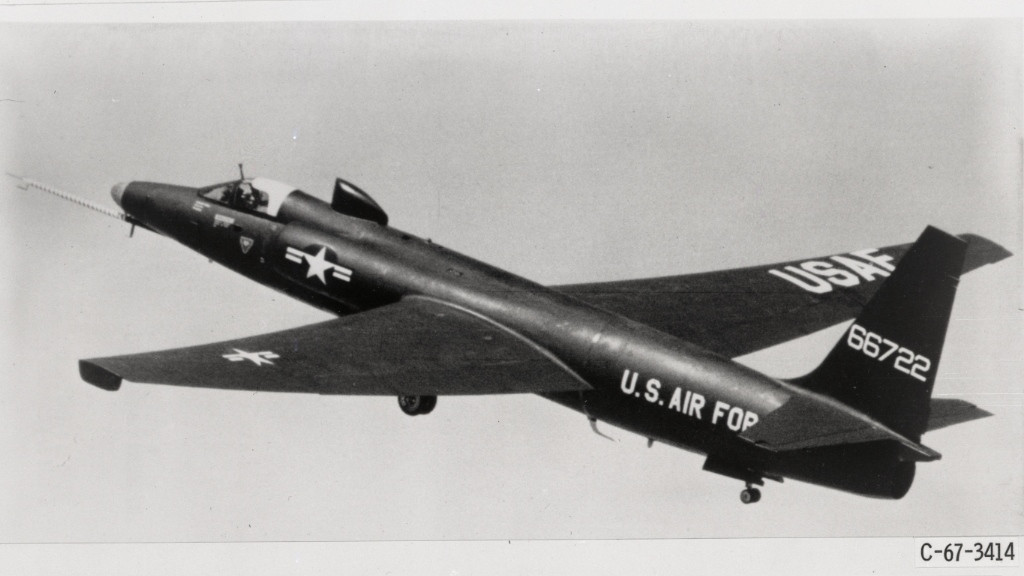
However, those assumptions were soon proven wrong. On 1st May 1960, a U-2 aircraft piloted by Francis Gary Powers was shot down by a surface-to-air missile deep inside Soviet territory. Commonly referred to as the ‘U-2 incident’, the event caused a major diplomatic crisis between the United States and the Soviet Union, but at the same time brought the Dragon Lady to international attention.
As a result of the incident, US reconnaissance activity was suspended to allow for the development of new procedures and related policies. Although the U-2s quickly returned to operational missions, the era of Soviet overflights had come to an end, and the Dragon Lady never again violated Soviet airspace.
Over the years, the scope of reconnaissance missions flown by the U-2s significantly expanded. The Dragon Ladies operated in the Middle East, supported Allied forces during both Gulf Wars, the war in Afghanistan, and operations around the Horn of Africa, and also conducted surveillance along the USA–Mexico border. The U-2s were also used by Taiwan’s Republic of China Air Force for reconnaissance missions over Chinese territory.
The first plans to retire the Dragon Lady from the USAF service date back to the early 2000s. However, the aircraft continued to prove its value in gathering intelligence data used not only for military purposes, but also in missions such as providing imagery of the Fukushima nuclear plant during the 2011 disaster.
Nevertheless, also in 2011, US authorities announced that the U-2 fleet would be retired by 2015, with intelligence-gathering responsibilities to be taken over by RQ-4 unmanned aerial vehicles and satellites. It was expected that the withdrawal of the Dragon Lady from the USAF service would save around 2 billion USD from the military budget. An official statement from Lockheed at the time, suggesting that the U-2 could remain in service until 2050, was not taken into account.

Although the timeline for the final withdrawal of the U-2 fleet remained the subject of ongoing debate in the following years, and the retirement deadline was postponed several times, the divestment plans gained momentum in the 2020s.
In 2023, all modernisation funds for the U-2 fleet were cut. At the beginning of the following year, the USAF officially requested Congress to allow it to ´move forward with U-2 divestment in FY 2026´. This time, the request was approved, and the USAF began withdrawal procedures – including halting ongoing maintenance, suspending the Avionics Technical Refresh programme, and ceasing recruitment of new pilots.
According to the USAF, the U-2’s intelligence-gathering capabilities will be replaced by satellite-based sensors, a new generation of stealth UAVs, and future reconnaissance systems currently in development.
However, in early 2025, Congress once again expressed concerns regarding the U-2’s retirement and proposed placing the divestment on hold. In May of this year, the highest USAF authorities confirmed that their intention to retire the Dragon Lady remained unchanged.
In June of 2025, the House Committee on Appropriations – a committee of the United States House of Representatives responsible for passing appropriation bills, along with its Senate counterpart – called for all USAF retirement plans to be halted.
On 18th July 2025, the Committee announced in a press release that the Fiscal Year 2026 Defense Appropriations Act had been approved by the House of Representatives. Among the key takeaways of the Act is a clause aimed at ´reversing the “divest to invest” trend by preserving F-15s and U-2s´.
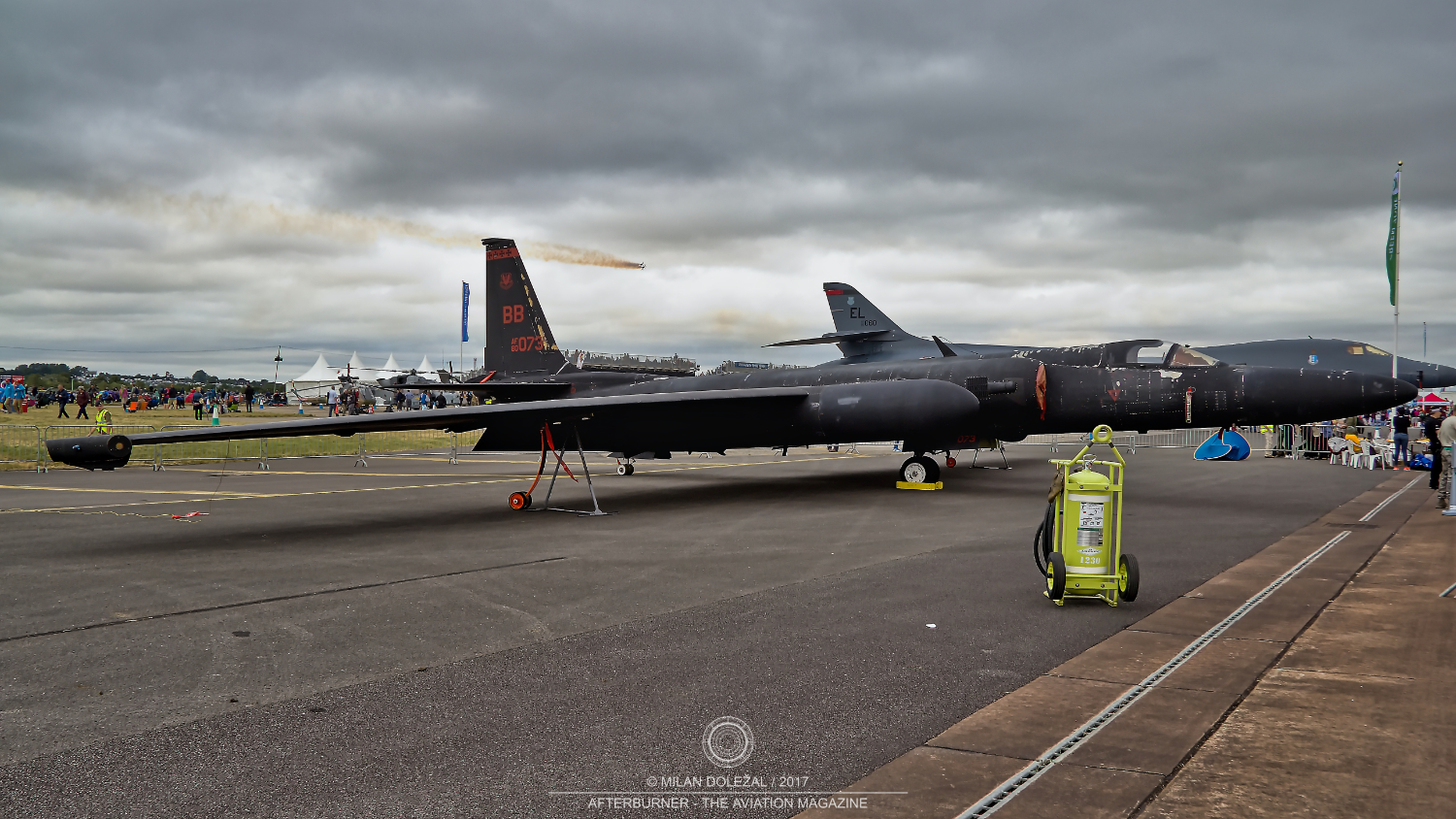
Specifically, section 8151 of the Act states: ´None of the funds appropriated or otherwise made available by this Act may be used to divest or prepare to divest more than eight U-2 aircraft´.
Nevertheless, this proposal must still be endorsed by the US Senate and signed by the President of the United States in order to become law. As of 23rd July 2025, the Defense Appropriations Act has been received in the Senate and is awaiting further discussion and a vote. However, this process may take several months.
Until then, the future of the Dragon Lady reconnaissance aircraft in the USAF service remains uncertain, with the latest decision to retire all the Lockheed U-2 aeroplanes by the fiscal year 2026 still in force.
Cover photo: A U-2, assigned to Beale Air Force Base, California, takes-off for a Weapons School Integration mission at Nellis Air Force Base, Nevada, 2021 – USAF photo by William Lewis).
Cover photo and photo #2 © U.S. Department of Defence (DoD). DoD information materials were used, in compliance with Public Domain licence. The appearance of U.S. Department of Defense (DoD) visual information does not imply or constitute DoD endorsement.
Information disclosed in the official fiscal and budget documents published by the US Government Publishing Office, as well as press releases of the USAF and the US House of Representatives were used.

